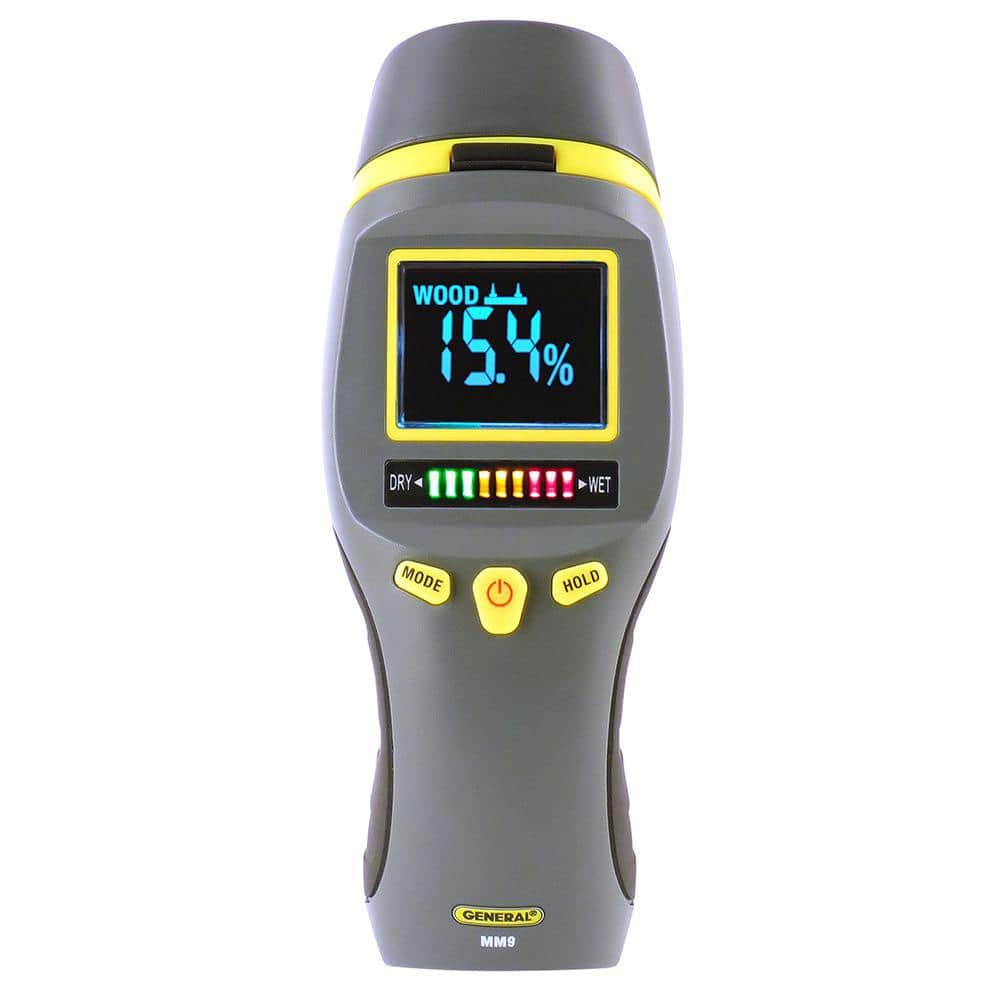Recognizing the Importance of a Moisture Meter in Protecting Against Mold and Water Damage in your house
In the realm of home upkeep, the visibility of dampness can frequently be a quiet yet powerful enemy, capable of causing prevalent mold development and perilous water damages if left unchecked. Recognizing the importance of a wetness meter in this battle is not simply an alternative yet a strategic necessity.
Importance of Moisture Discovery
Reliable moisture detection techniques are crucial for securing properties and avoiding potential mold development and water damage. Moisture can leak into different structure materials, resulting in structural issues and health and wellness threats. By making use of a moisture meter, homeowner can proactively identify locations prone to excess moisture, permitting prompt intervention and mitigation methods.
Moisture meters supply exact readings of wetness degrees in different materials such as wood, drywall, and concrete. This information helps in pinpointing locations of problem, even in surprise or hard-to-reach places. Early discovery of moisture accumulation allows prompt repair work or changes to stop further damages.

Exactly How Moisture Meters Job
Dampness meters play an essential role in the positive recognition of excess wetness, aiding in the prevention of potential mold and mildew development and water damage by offering accurate readings of moisture levels in various building materials. Some advanced wetness meters pin both combine and pinless technologies for thorough wetness detection. Recognizing just how moisture meters feature is important for timely and precise dampness degree assessments, allowing efficient preventative actions against mold and mildew and water damage.
Finding Early Warning Indicators
Upon first examination of a home, identifying subtle signs of excess wetness ends up being vital in the very early discovery of prospective mold development and water damage. Some usual early caution indications include moldy smells, water discolorations on ceilings or wall surfaces, peeling paint or wallpaper, and deformed or discolored surfaces. Musty smells commonly show the visibility of mold or mold, even if no noticeable signs are obvious. Water spots can signal leaks or infiltration, while peeling off paint or wallpaper might be an outcome of wetness endangering the attachment of these products to the surface. Deformed or tarnished surfaces, such as buckling floorboards or tarnished drywall, are clear indications of water damage. In addition, an increase in allergic reaction symptoms or respiratory concerns amongst owners may suggest the visibility of mold due to excess moisture. By quickly determining and dealing with these early indication, home owners can alleviate the risk of extensive mold and mildew development and water damages in their residential or commercial properties.
Protecting Against Mold And Mildew Growth
Identifying early warning indicators of excess wetness within a property not just allows prompt discovery of prospective mold and mildew growth and water damages yet also serves as an aggressive measure in avoiding the spreading of mold and mildew. To successfully prevent mold and mildew development, it is vital to attend to any kind of sources of moisture immediately.
Keeping track of dampness levels in areas prone to moisture, try this such as cellars and creep rooms, using a wetness meter can likewise assist in early discovery of elevated moisture degrees and potential mold and mildew development - Moisture Meter. By taking positive procedures to prevent excess wetness and mold and mildew development, home owners can secure their home and indoor air quality.
Advantages of Routine Surveillance
Normal tracking of moisture levels in a property can play a crucial duty in maintaining a healthy interior atmosphere and preventing prospective mold and mildew and water damage. By on a regular basis checking dampness degrees, home owners can find any kind Visit This Link of concerns quickly and take required activities to stop mold growth and water damage.
Additionally, normal surveillance enables house owners to track patterns and fads in wetness levels gradually. By developing a baseline and tracking adjustments, people can recognize any type of locations of concern or possible vulnerabilities in the property's structure. This data-driven technique allows targeted interventions and upkeep efforts to attend to underlying problems before they intensify right into even more significant issues. Ultimately, the regular monitoring of dampness degrees encourages homeowners to shield their home, protect their wellness, and protect the integrity of their indoor environment.

Verdict

By using a dampness meter, building proprietors can proactively determine locations vulnerable to excess wetness, permitting for timely intervention and reduction strategies.

Keeping track of moisture levels in areas susceptible to moisture, such as basements and creep spaces, using a moisture meter can likewise aid in very early detection of elevated wetness levels and possible mold development. (Moisture Meter)